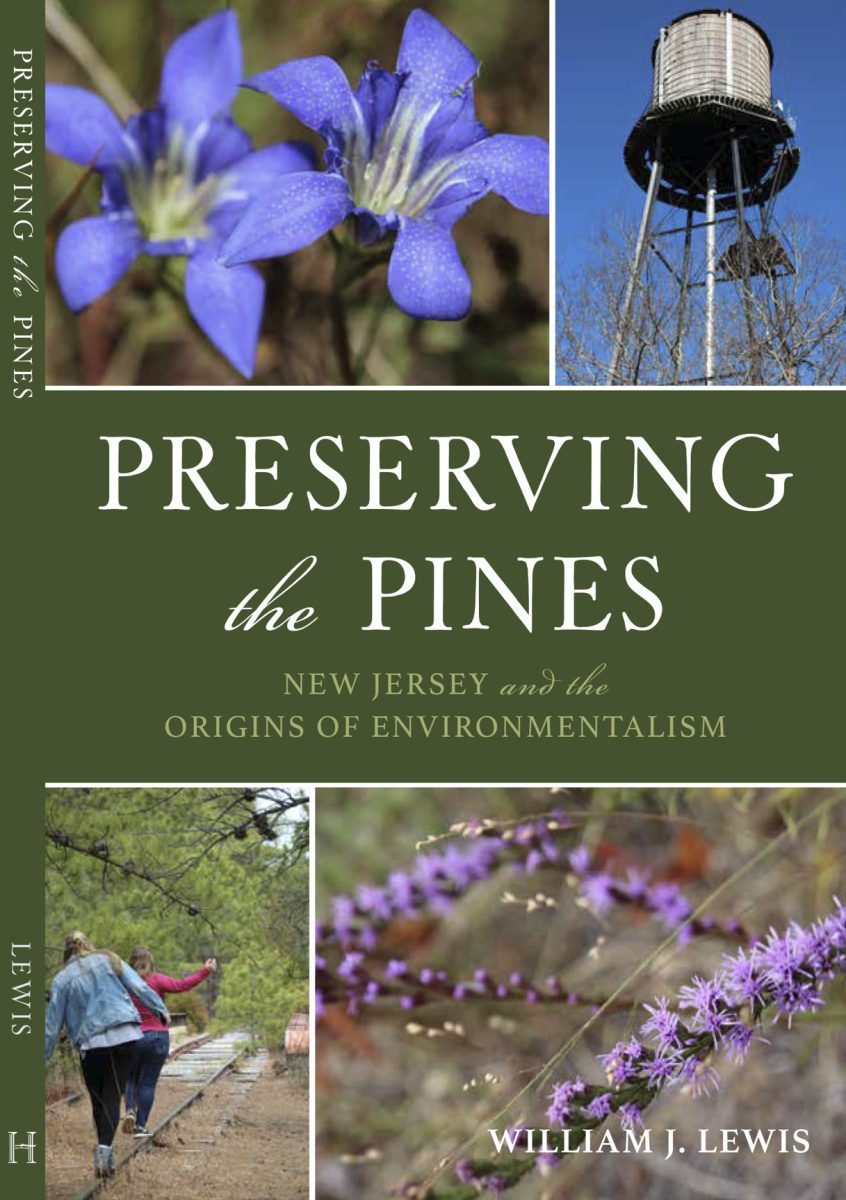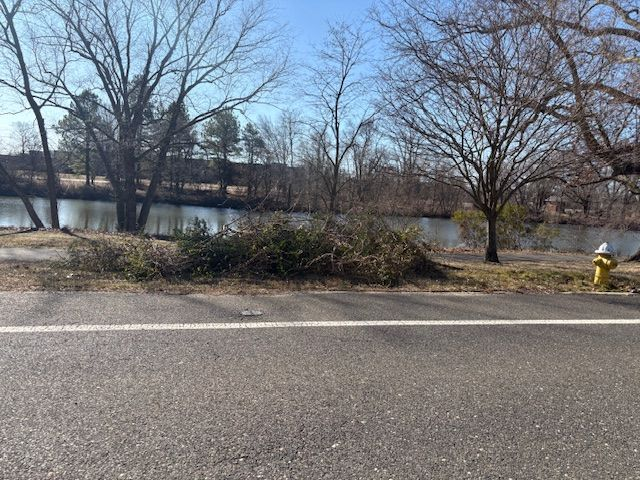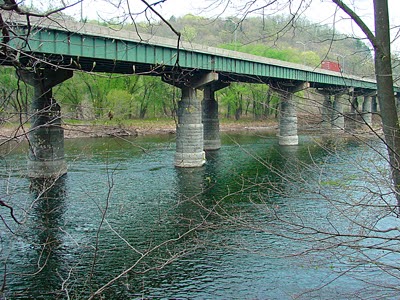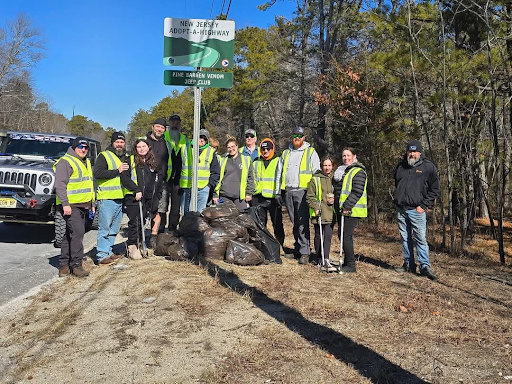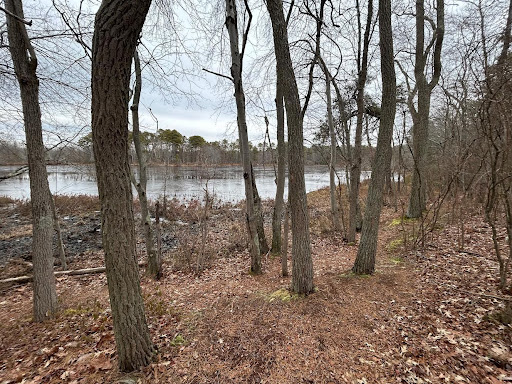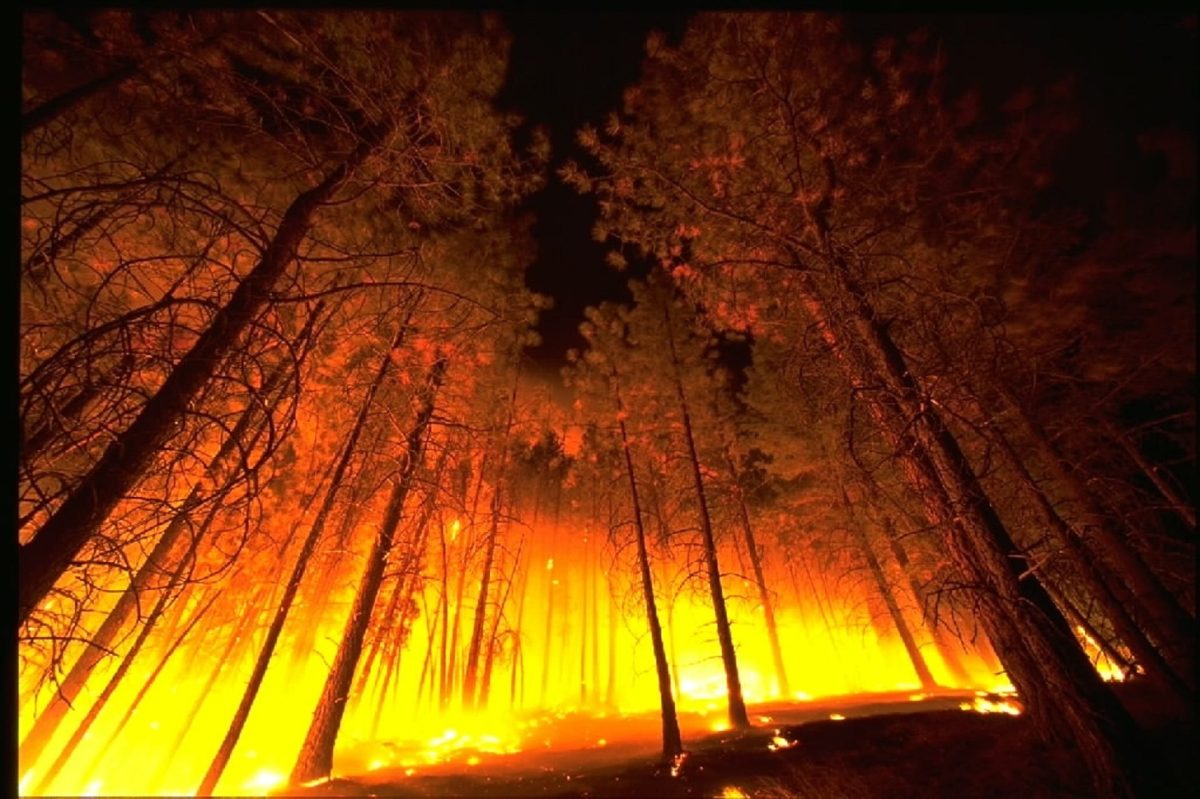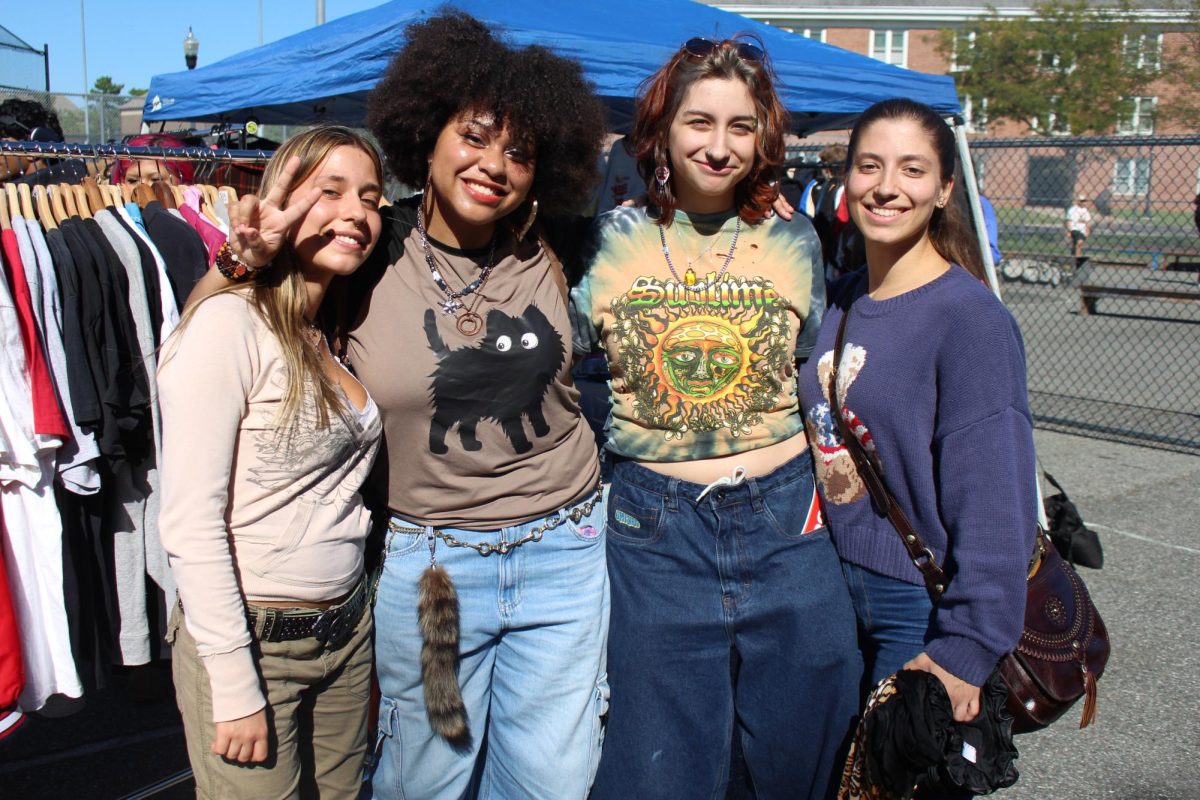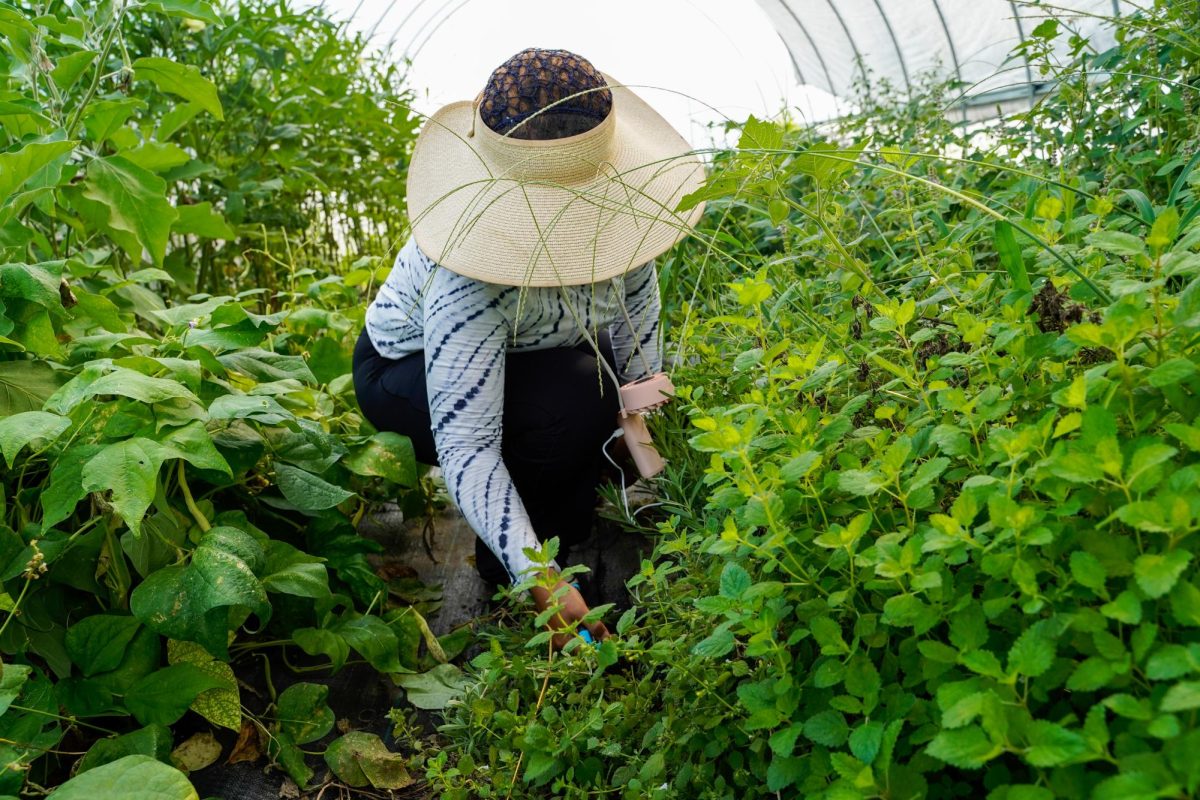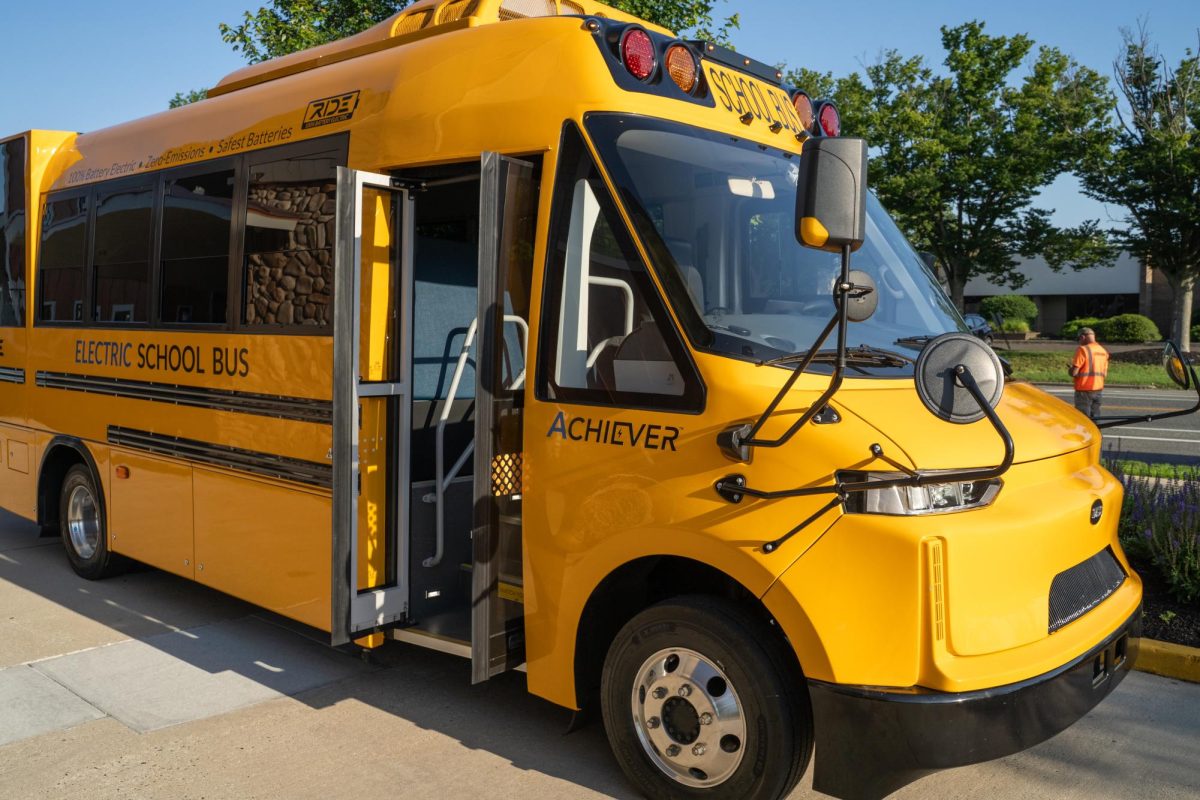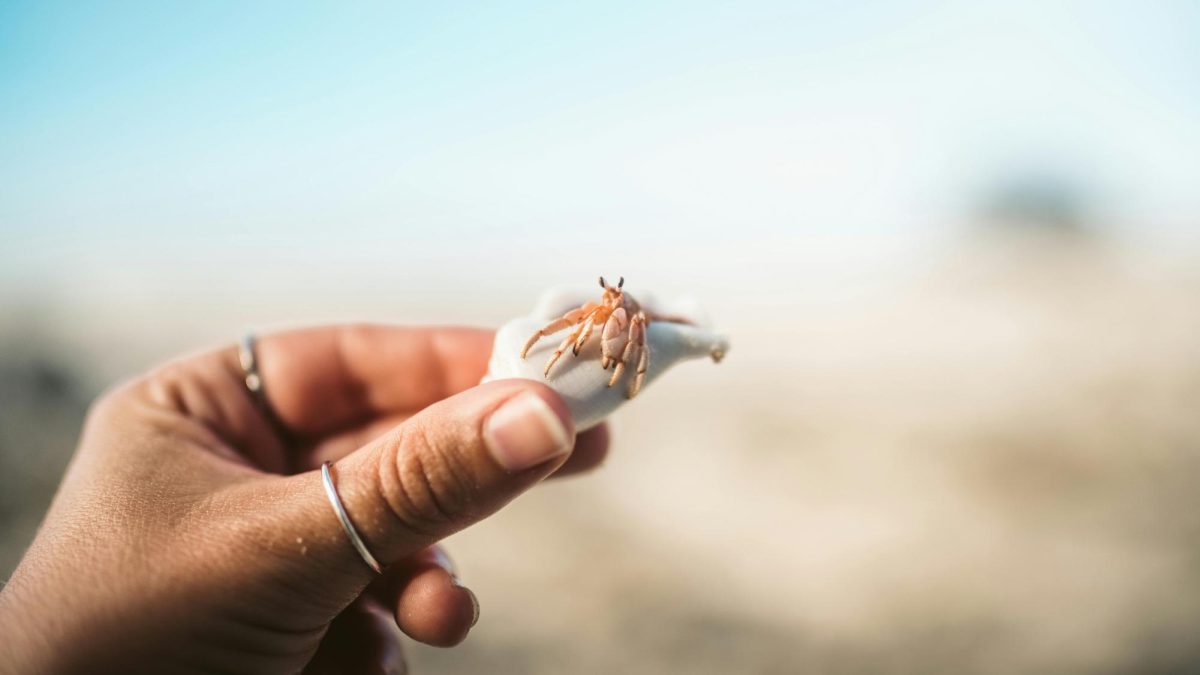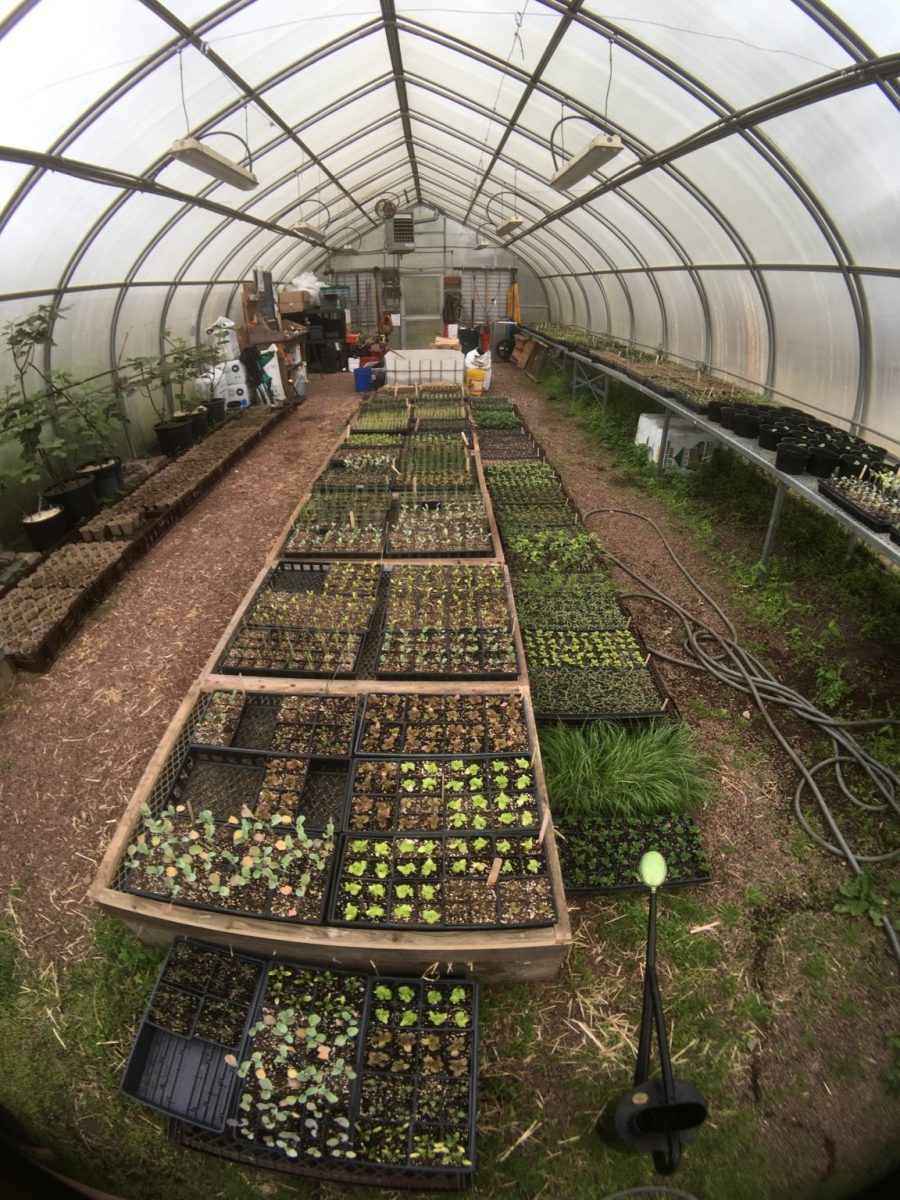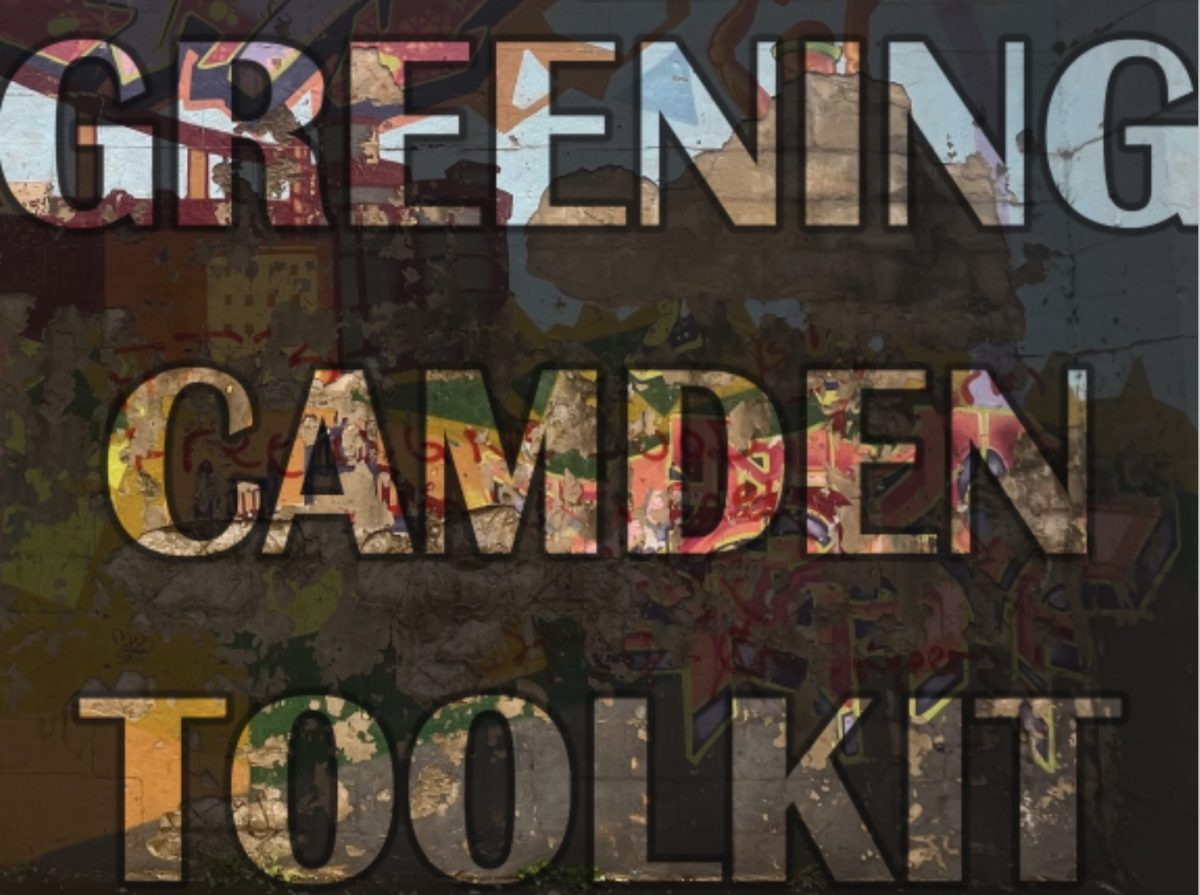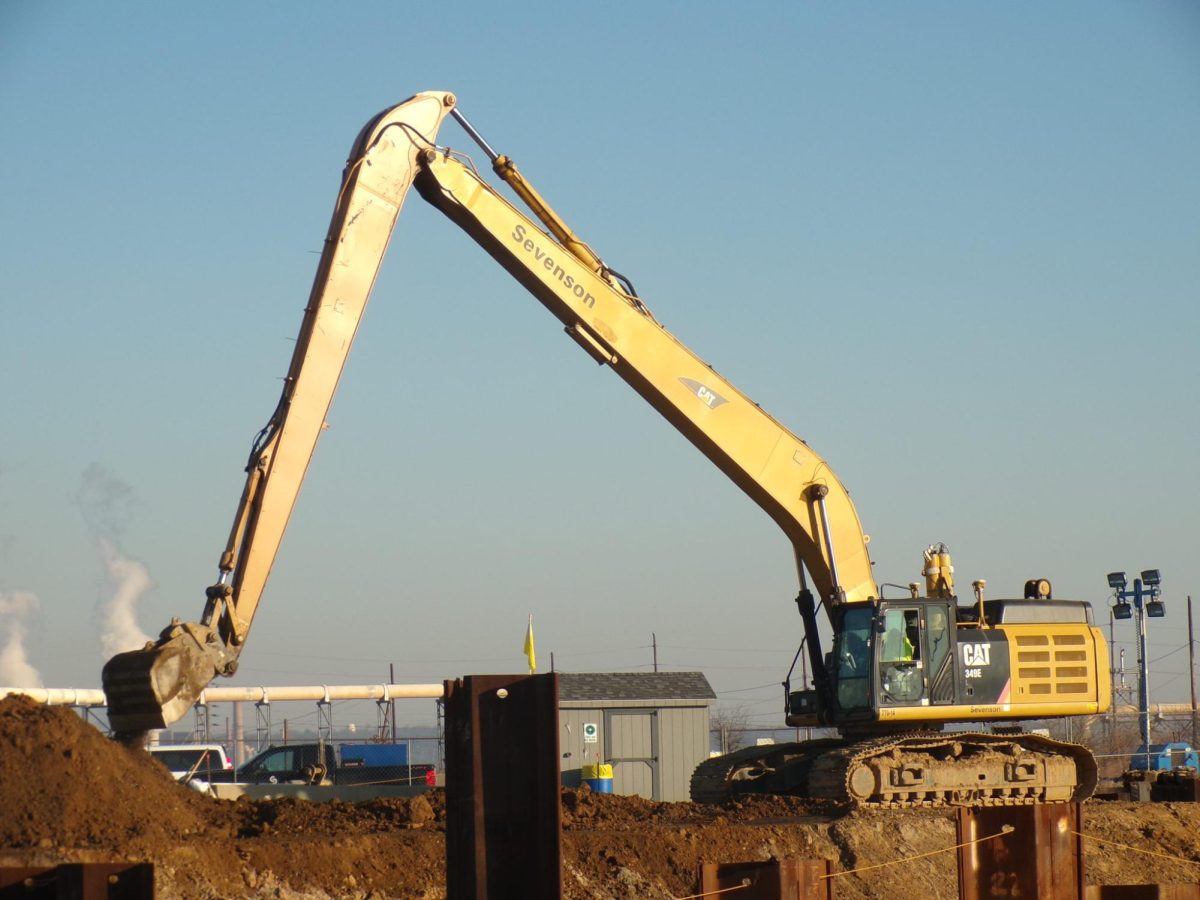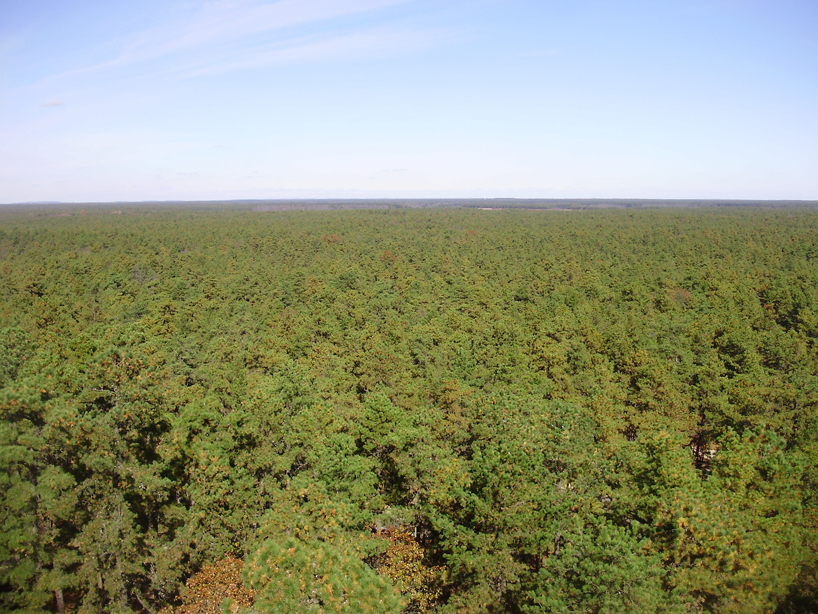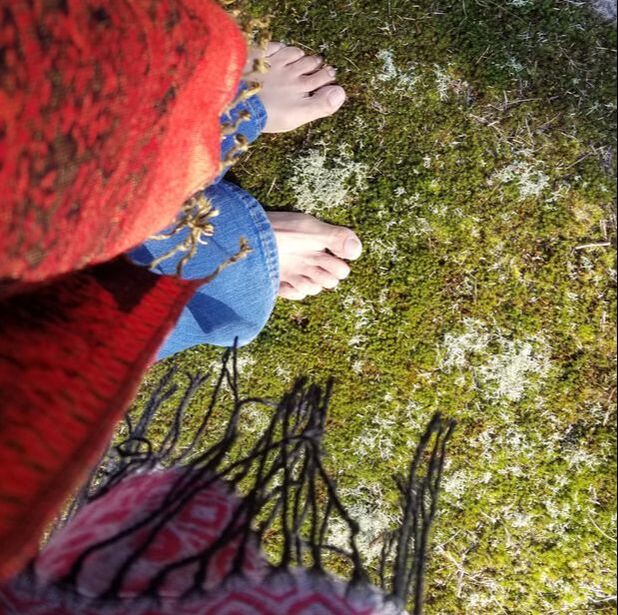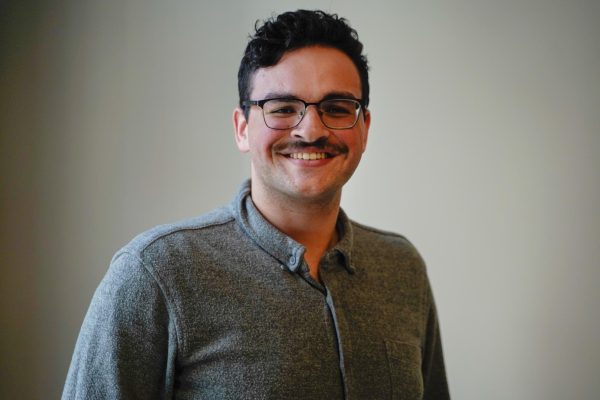An often forgotten 1.1 million acres of New Jersey is teeming with hundreds of species of plants and thousands of animal species. It’s also home to over 50 municipalities, and it’s all in New Jersey.
The Pine Barrens or “Pinelands” is the subject of all of William J. Lewis’s four published books, including his latest one released in May.
Founder of the Piney Tribe Facebook group, Lewis writes about the nature, culture and folklore of the “Pineys,” inhabitants of the Pinelands that have a “love of the land,” according to Lewis.
In his newest book released on May 27, “Preserving the Pines,” he takes a deep dive into the history of environmental advocacy in the Pine Barrens.
The new book is centered around efforts by the late Dr. V. Eugene Vivian in teaching conservation and preservation of the Pinelands, as well as advocacy groups that have kept large portions of the Barrens from development over decades of the 20th century.

“He [Vivian] was part of a big movement, and nobody’s ever written about the entire movement until today, till that new book,” Lewis said.
Vivian, who Lewis also refers to as “Doc,” was chair of the science department at Glassboro State College (now Rowan University) through the 50s and 60s, then established and directed the Conservation and Environmental Studies Center in Whitesbog, Browns Mills, New Jersey. He helped to teach environmental issues and consciousness to many students and even other educators.
Lewis only learned about him while doing research for his book, “South Jersey Legends and Lore.” When talking to a woman for the book, she led him to Whitesbog, and then to Vivian, which inspired him to dig deeper into his story and his work teaching conservation.
“It wasn’t the book I set out to write at all,” Lewis said.
As a self-proclaimed “treehugger” and environmentalist, Lewis said, “It wasn’t a hard leap for me to want to start uncovering more and more of this story.”
Though development was a constant threat, large swaths of the Pine Barrens have been protected since the creation of the Pinelands Commission after the Pinelands Preservation Act in 1979.
Now, more than 50% of the Pinelands are protected, and independent organizations, including one in Whitesbog and the Pinelands Preservation Alliance, continue working to expand and secure conservation efforts in the state.
Lewis believes that there’s hope even in the face of new threats to the Pinelands, which he believes comes from a disappearance of environmental education.
For this, he wants to follow in Vivian’s footsteps and continue to write and educate people about nature and how to appreciate it.
“I didn’t naturally come out of my mother’s womb and say, ‘I want to protect the Earth,’” Lewis said. “Somebody had to teach me.”

